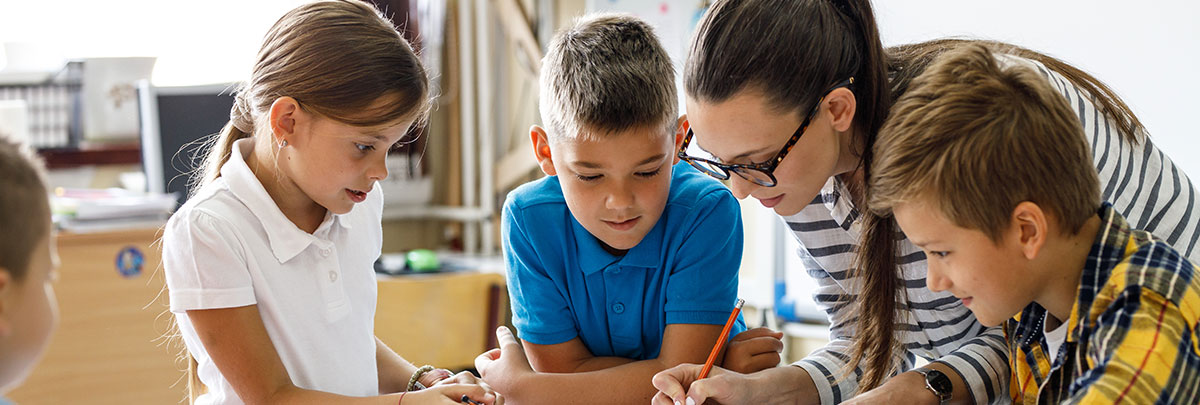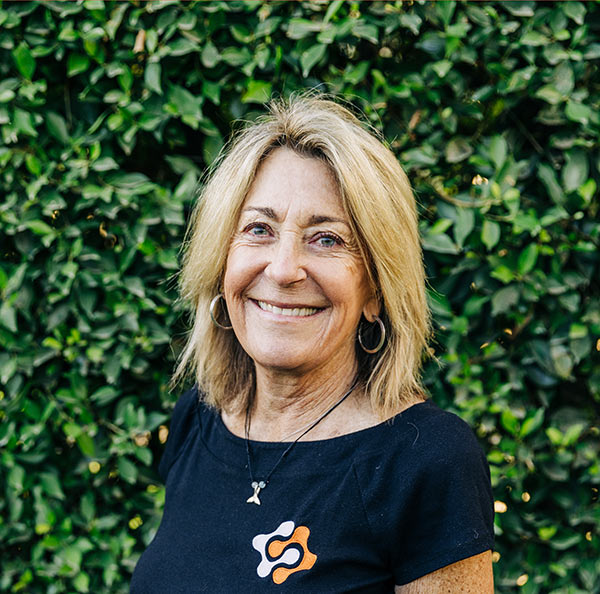Updated: Oct 4, 2021
We talk about revolutionizing assessment by empowering students to take ownership of their learning, to be at the very center of the assessment process. However, we cannot empower students without first empowering teachers around their own professional learning.

Teaching is complicated and with ever-increasing challenges, becomes even more so every year. To activate and engage in relevant impactful professional learning, teachers must learn to collaborate effectively and efficiently around those things that matter.
The greatest resource for strengthening expertise in a school is the teachers themselves. What teachers need quite simply, is the time, structures, and shared focus and purpose to share their expertise in service to all students.
To learn together how to build #PeerPower!
Being a #PeerPower Revolutionary is not just about creating conditions for students to be more involved in their learning by leveraging core formative practices like self-assessment, peer assessment, goal setting and revision – it is also it is vital that we cultivate a learning culture that teacher teams or Impact Teams reflect on their impact. Teaching is complex and teachers need each other.
Impact Teams rely on each other to evaluate impact to ensure that every student makes progress.

Question 1: What is the purpose of your team? Why do you meet?
- Unit planning?
- Developing common assessments?
- Curricular calibration and alignment?
- Data analysis?
- Initiative implementation – to understand and implement the latest initiative?
- Grouping students for intervention?
- All the above?
Question 2: How many hours have you spent in “team meetings”?
Seriously, take a minute and estimate the amount of time you’ve spent with your ‘team’:
- analyzing data
- planning your next unit
- writing assessments
- talking about strategies to meet the needs of all students
- listening to a colleague go on (and on?) about a teaching moment or ‘adventure’
- trying to figure out how to engage students
- managing behavioral problems
Make it easy on yourself. About how much time have you spent in teams this year?
Question 3: Given the time you’ve spent, how valuable has it been in improving your practice? In engaging you in learning?
Keeping it Real
Here’s the reality. Most teachers spend less than 1 hour per week formally (scheduled time) collaborating with colleagues. Given the 40 hours a week we work in school (not counting the many hours outside of school we prepare, worry, plan, etc.), that’s about 2.5%. Most teacher teams have an uneven understanding of why they meet.
So what can teams do to make the time spent with colleagues so purposeful and so valuable that they can’t wait to get to their team meeting to share, to learn, to debate, to celebrate? What can teams do to make their time together not just productive but a powerful tool to improve teaching that actually has an impact on student learning?
Before we go there, let’s briefly identify why ‘collaboration’ has become an essential part of how we do business, and not just in education. Google conducted a three-year study on teaming called Project Aristotle. Not surprisingly, they found that working effectively together can reap powerful results. Quite simply, effective teams:
- Innovate faster
- See mistakes more quickly
- Find better solutions to problems
- Get better results
- Have higher job satisfaction
(NY Times, February 2016)
Teams are a Very Big Deal
Time spent in professional collaboration has ballooned by 50% in the past few decades. Organizations in all professions know that “we is smarter than me”. Now teams are the fundamental unit of organizations, and the unit of change in a school.
However, what Google (and every principal in the world) knows is that not all teams are created equal. So how do we ensure dynamic collaboration across the school? Quite simply, it is not about who is on the team, (finding the perfect mix of skills and traits), rather it’s about how the team interacts, structures their work, and views their contributions.
What Makes Successful Teams
We actually know exactly what makes teams productive (and what does not). Gallimore and Ermeling et al (2009) cite five components:
- Job-alike teams (common relevant focus)
- Clear goals
- Trained peer facilitator
- Inquiry-based protocols
- Stable settings (protected time, principal commits to the process over time)
Recently a paper out of Harvard Graduate School of Education by Johnson, Reinhorn, and Simon (2016) examines how collaboration works best, listing five factors that contribute to a team’s success:
- Clear worthwhile purpose
- Sufficient regular time
- Administrative support and attention
- Trained teacher facilitators
- Integrated approach to teacher support Beginning to see some consistencies?
5 Critical Components
First, Impact Teams have a singular purpose and that is to learn together to strengthen student efficacy and ownership. In our work with hundreds of school teams and based on a ton of research on effective teaming, we have identified 5 critical components of “Rock Star Teams” that ensure engagement, innovation, and results that build teacher, student and collective efficacy.
- Trust – psychological safety is the number one ingredient in developing effective collaboration. It is the underpinning of the next 4 components. It is not just feeling safe to take risks (and learning is risky), it is about dependability, that is, trusting one another to do their part, to get the work done and done well.
- Purpose – all team members share a clear understanding that the purpose of their collaboration is to learn together to build student ownership and efficacy. Their commitment is to share expertise on how to create the conditions for students to learn what learning is, what it takes to learn, and to believe in themselves as learners. All team members share an unshakeable belief that this is meaningful work.
- Support – administrators actively promote and participate in team learning (walk the talk). Collaboration time is scheduled, protected (not hijacked for other ‘business’), roles are identified, and goals aligned.
- Trained facilitator – intentional training and practice are a constant around inquiry-based protocols. Feedback is studied and applied with the focus on equal voice and responsive facilitation. Building teacher ownership and leadership is woven into the collaborative process.
- Collective action – it’s not just talk. Collaboration always results in thoughtful action specific to students’ learning, social emotional needs, and is always aligned to the four sources of efficacy. Instructional improvement is constant and expected based on focused analysis of students’ responses.
At the core of the work, these teams are learners…they are constantly and relentlessly reflecting on their practice, their strategies, their actions and asking, “What is our impact on student learning?” They are constantly learning in service to their students. And in the process, they are building efficacy, that is, the belief that they can and will make a difference in building student ownership and engagement in learning. These teams make a difference.
As longtime educators who believe in the power of good teaching and even more, good teachers, our belief was validated when John Hattie (2014) identified collective teacher efficacy (CTE) as the highest educational influence found in the research literature to date, 1.57 effect size! This translates to more than quadrupling the rate of learning (.40 effect equals about a year’s growth in one year’s time.) In fact, CTE is one of the few influences in education that has the potential to mitigate the effects of poverty (Hoy, Sweetland & Smith, 2002).
Growing from Within
Schools don’t get better from the top down. They get better from learning and growing from within. And the core of the ‘within’ is teachers learning from one another, to engage in collaborative inquiry to strengthen their practices and create the conditions for students to be partners in their own learning. We know how outrageously complicated teaching and learning is in today’s world.

It’s simply not possible to teach consistently well alone – we need our peers to succeed! We must work together purposefully, efficiently, and effectively to have a significant impact on all students, to ensure they not only understand what learning is, but more importantly, that they believe in themselves as learners.
Leading Impact Teams: Building a Culture of Efficacy
Impact Teams are teams of educators that partner with students. They innovate to expand student ownership and agency. They scale up their collective expertise to make a difference for ALL students.



